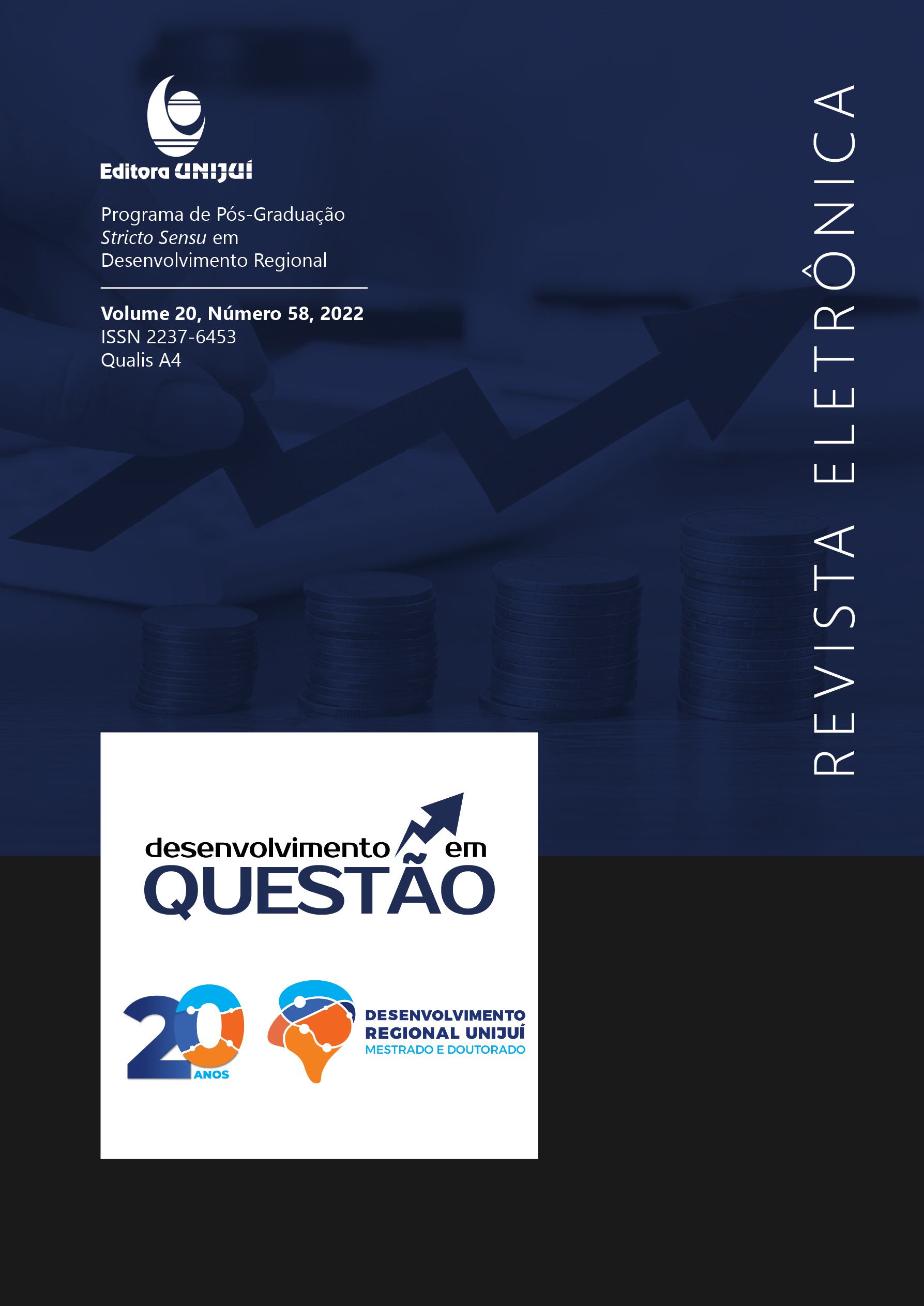Efficiency in Brazilian Federal Universities: a study with Data Envelopment Analysis (DEA)
DOI:
https://doi.org/10.21527/2237-6453.2022.58.12286Keywords:
Data Envelopment Analysis. Technical Efficiency. Productivity. Federal Universities.Abstract
This paper aimed to analyze the level of technical efficiency of Brazilian federal universities, from 2012 to 2018, using the Data Envelopment Analysis (DEA) method, with an output-oriented DEA BCC model. Four management indicators instituted by TCU were used as inputs and two quality indicators, as outputs. For that, a sample of 56 federal universities was used. Considering the standard efficiency scores, the results indicated high levels of technical efficiency during the years under analysis. The average technical efficiency of federal universities was 93.7% in 2012, with 17 efficient universities, and 94.5% in 2018, with 18 efficient universities. The years 2015 and 2016 stood out, with 28 and 27 efficient universities respectively, whose national averages were 96.1%. However, due to the benevolence of the BCC model with very small or very large units, some universities may have been considered efficient by default. From 2012 to 2018, the Malmquist Index indicated an increase in the productivity of universities by 2.2%, which occurred in a greater proportion due to the catch-up effect (1.8%) and in a lower proportion by the frontier shift effect (0.4%). In addition, the increase of 1.8% in relative efficiency occurred in a greater proportion due to the increase in pure technical efficiency (1.1%) and in a lower proportion due to the increase in scale efficiency (0.7%). Yet, despite the increase in productivity, there is still room to achieve better quality results and to improvements in the management of resources, in order to reduce waste.
Downloads
Published
How to Cite
Issue
Section
License
Copyright (c) 2022 Desenvolvimento em Questão

This work is licensed under a Creative Commons Attribution 4.0 International License.
By publishing in Revista Desenvolvimento em Questão, authors agree to the following terms:
All works are published under the Creative Commons Attribution 4.0 International License (CC BY 4.0), which allows:
Sharing — to copy and redistribute the material in any medium or format;
Adaptation — to remix, transform, and build upon the material for any purpose, even commercially.
These permissions are irrevocable, provided that the following terms are respected:
Attribution — authors must be properly credited, a link to the license must be provided, and any changes made must be indicated.
No additional restrictions — no legal or technological measures may be applied that legally restrict others from doing anything the license permits.
Notices:
The license does not apply to elements that are in the public domain or covered by legal exceptions.
The license does not grant all necessary rights for specific uses (e.g., image rights, privacy, or moral rights).
The journal is not responsible for the opinions expressed in the articles, which are the sole responsibility of the authors. The Editor, with the support of the Editorial Board, reserves the right to suggest or request modifications when necessary.
Only original scientific articles presenting research results of interest that have not been previously published or simultaneously submitted to another journal with the same purpose will be accepted.
Mentions of trademarks or specific products are intended solely for identification purposes and do not imply any promotional relationship by the authors or the journal.
License Agreement (for articles published from 2025 onward): Authors retain the copyright to their article and grant Revista Desenvolvimento em Questão the right of first publication.











